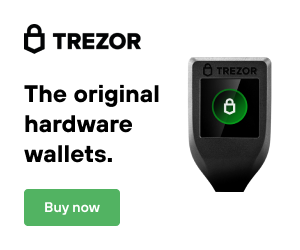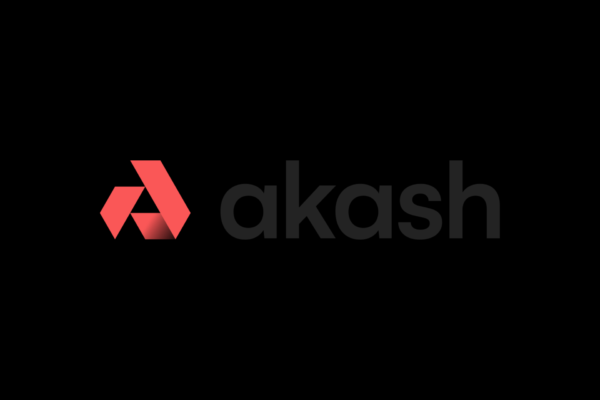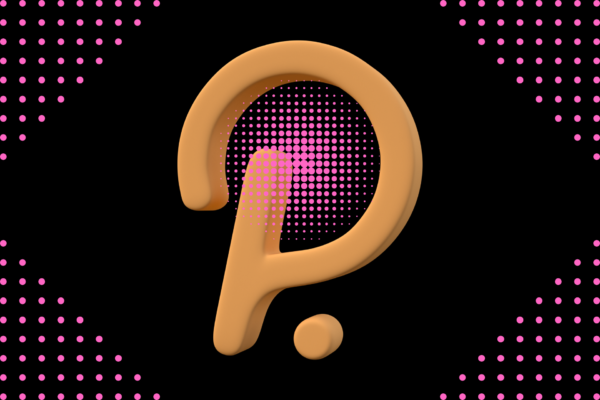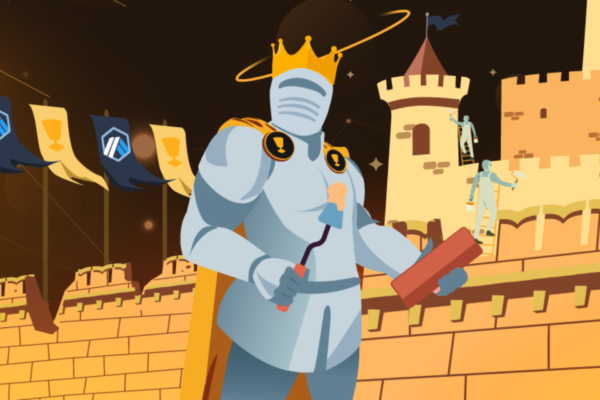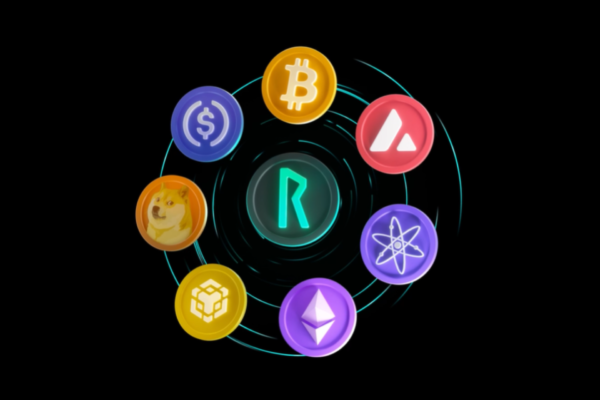Blockchain technology has expanded well beyond Bitcoin, and while many may think that all of the various adaptations of blockchain technology are all essentially the same as Bitcoin, this is far from the truth. Many adaptations have been developed over the last few years that extend into different niche categories.
Store of value: The best example of a store of value crypto is bitcoin. Some other crypto assets such as Litecoin and a few others could be viewed as store of value assets. Store of value assets are inflation resistant. Generally as inflation rises, these resist the decrease in purchasing power that our fiat currencies experience. Ideally, store of value crypto also increases purchasing power over time. During the COVID-19 pandemic, the US printed nearly 20% of all the USD in existence[1]. Without a capped supply, fiat currencies tend to have less buying power over time. This is generally observed with prices of basic goods and services such as lumber, gasoline, food, and other such commonly purchased items. Inflation is an especially popular term right now due to the rapidly rising cost of these items.
Since Bitcoin has a maximum supply, this creates scarcity, which in turn drives the price upwards over time. This is perhaps a little oversimplified, but is based on supply and demand economics and generally holds true. Also since Bitcoin is decentralized, governments would have a hard time seizing the assets, which was done to gold in the 1930s and 1950s[2]. Decentralization also helps with security and eliminates the middle-man that exists in most of our daily transactions, such as banks. Decentralization is explained in the “What is cryptocurrency and why is it important” article.
Oracles: Please read our article on blockchain in order to better understand oracles. Oracles are essentially data feeds that track all the data in the crypto world. Oracles use an average of many data centers including centralized and decentralized applications. These are used to come to a conclusion on the price of an asset. Oracles can also be used to track what wealthy investors are buying, among other things. Since oracles are decentralized, the price feeds cannot be easily manipulated and tend to be more accurate than centralized data. Chainlink is currently the most valuable oracle.
Smart contracts: Smart contracts are relatively simple. When a certain set of conditions are met, a contract is executed. An example of a smart contract in our current daily lives would be our paychecks from work, that are delivered on a regular schedule in most cases. For smart contracts, the written code is the law. This prevents foul play since all participants have to follow the same set of rules. In the future, many tasks currently completed by lawyers or tax specialists could be completed within a smart contract. Smart contracts could be very disruptive in the future, as they are easy to use and can reduce redundant fees or expenses.
Smart contracts can also be viewed as internet 3.0, or officially web 3.0. Imagine a future where you could easily sell your house to a peer without having to pay realtors, mortgage brokers, and lawyers. Smart contracts make that possible. Smart contracts generally use their specific token as a medium to pay the fees of the network. A potential negative of smart contracts is that they also tend to have no maximum supply. The largest smart contract network currently in crypto is Ethereum. Ethereum is implementing features that will address the unlimited supply. This could aid in increasing the value of the Ethereum token (ETH).
Smart contracts generally have price movement directly correlated with the size and success of their ecosystem. Since Ethereum has the most users and the most projects built upon it, it remains the most valuable smart contract network at the time of this writing. Please see our article on smart contracts to learn more.
Payment: Payment-focused cryptos tend to have the lowest fees and very fast transaction speeds. Examples of this are bitcoin cash (BCH), DASH, Ripple (XRP) and Litecoin (LTC). Payment cryptos aim to make transfer of funds quick, safe, and worldwide. A main benefit is that funds cannot be frozen or taken over by banks or credit issuers. If a person wanted to send USD to their family member overseas, the fees could be unreasonable and the transaction could take days to weeks. Some payment cryptos are capable of executing the transaction in a matter of seconds to minutes with minimal fees.
Stable coins can be covered as part of payment crypto. Stable coins are blockchain-adapted versions of fiat currency. Common examples of USD stable coins include Tether (USDT), USDC, and DAI. Each of these examples are valued at 1$. The benefit of stable coins is a user can self-custody the money without involving a bank. By using certain applications, users can use stable coins to make purchases on Amazon and other websites. This provides the users a level of privacy not afforded when using a bank. Users can also participate in lending money on centralized websites such as blockfi.com with rewards much greater than the paltry savings account interest[blockfi]. A user can also stake in the many decentralized projects that offer great returns with stable coins.
Exchange tokens: Exchange tokens are linked to centralized cryptocurrency exchanges. Examples of exchange tokens include Binance’s BNB token and crypto.com’s CRO token. The holders of these exchange tokens benefit from reduced trading fees and VIP access. Exchange tokens are similar to buying stocks, as generally the price moves with the success of the exchange itself. BNB has a special use case since BNB is used on the Binance Smart Chain (BSC) smart contract network. Instead of using Ethereum for fees, Binance smart chain uses BNB for fees.
Memecoins: Memecoins are coins that have no real use case and are generally considered the highest risk. This high risk is realized during crypto market crashes because without underlying fundamentals, users are far more likely to sell and the asset is also less likely to recover. Memecoins are part of what created regulations on crypto in 2017. These regulations in America include no initial coin offerings and many banks will not allow purchase of crypto with credit cards. A prime example is crypto.com, which allows new users the option to purchase cryptos using a credit card without charging fees for the first month after signing up to their exchange. American banks do not allow this purchase to be completed. Memecoins also tend to be hype driven, such as through social media influencers.
An example of a Memecoin is Dogecoin. Dogecoin moves with Elon Musk’s social media posts. Dogecoin has an unlimited supply and also has no official use case. Over time, buyers are more likely to sell unless development and innovation occcurs. Dogecoin is a special case since it was initially created as a joke. Dogecoin soon became a way for people to tip reddit users for their information. Dogecoin recently redeployed the Dogecoin Foundation, and added Vitalik Buterin (Ethereum main Founder) to the advisor team. Dogecoin can also be co-mined with Litecoin since it uses basically the same code.
[1] https://www.cityam.com/almost-a-fifth-of-all-us-dollars-were-created-this-year/
[2] https://theconversation.com/how-the-us-government-seized-all-citizens-gold-in-1930s-138467
[blockfi] https://try.blockfi.com/crypto-wealth-management/?utm_source=adwords&utm_medium=ppc&utm_term=blockfi&utm_campaign=googlesearch-desktop-exact-us-brand&utm_content=525567642890&hsa_src=g&hsa_kw=blockfi&hsa_mt=e&hsa_acc=7988129437&hsa_grp=118774499433&hsa_ad=525567642890&hsa_cam=12247713481&hsa_tgt=kwd-448639024683&hsa_net=adwords&hsa_ver=3



